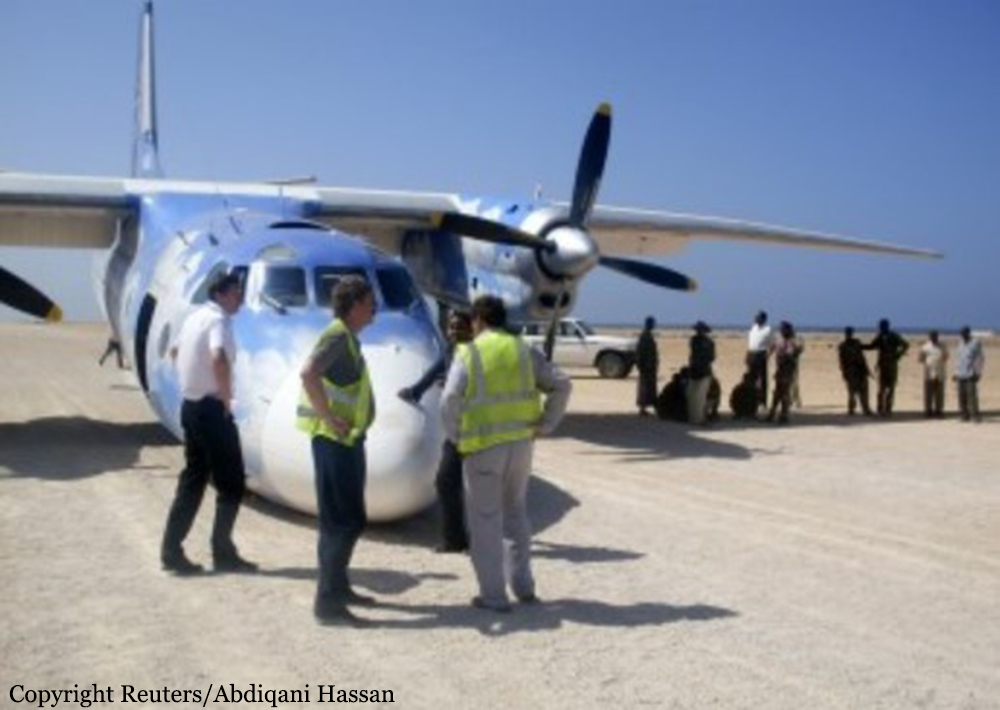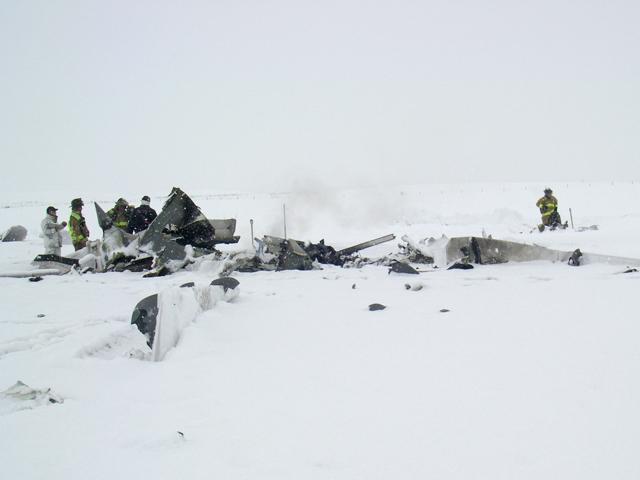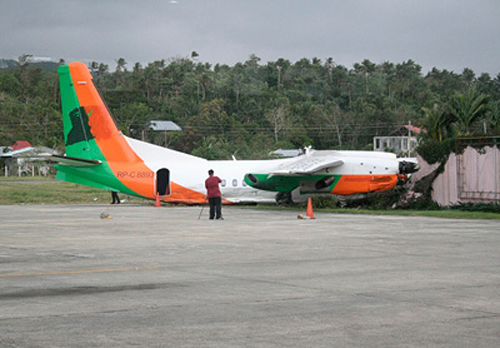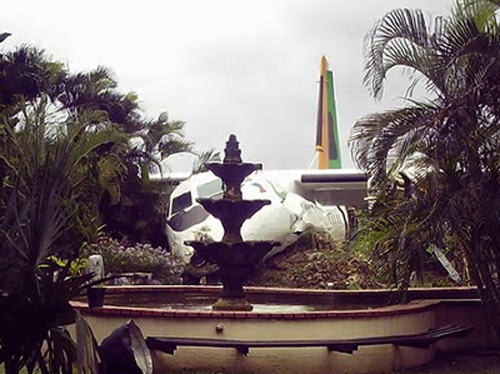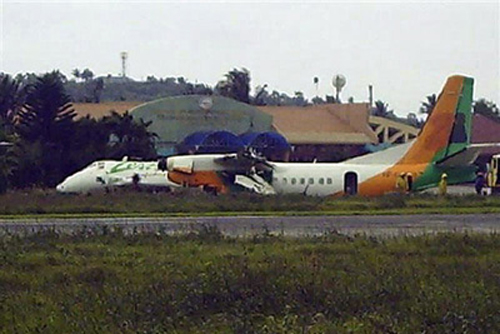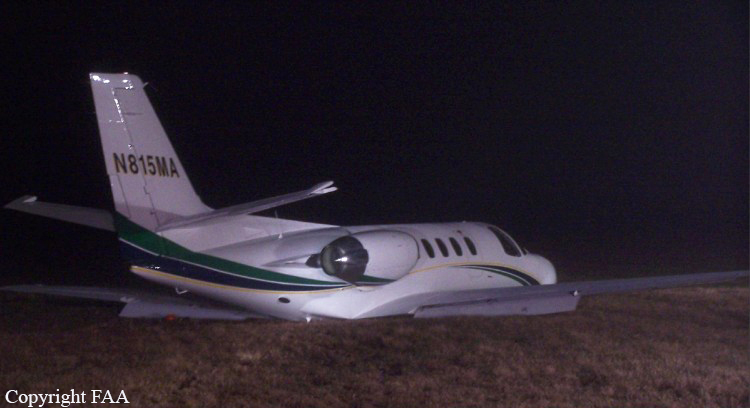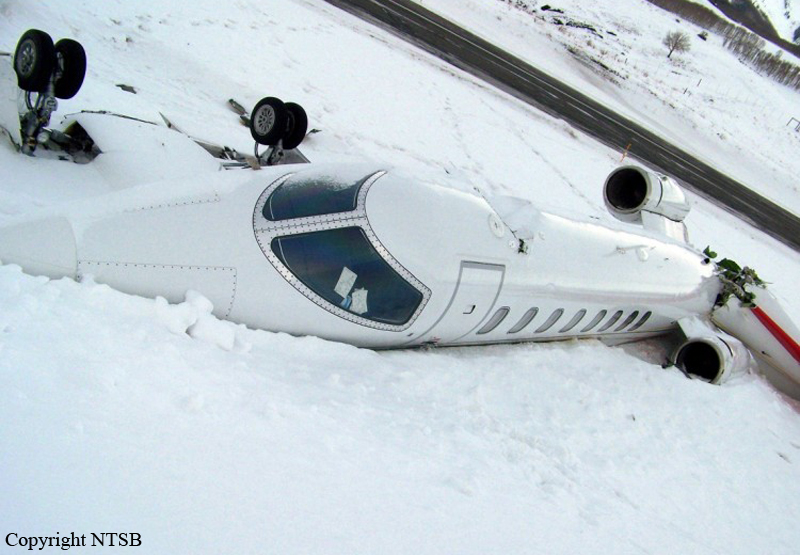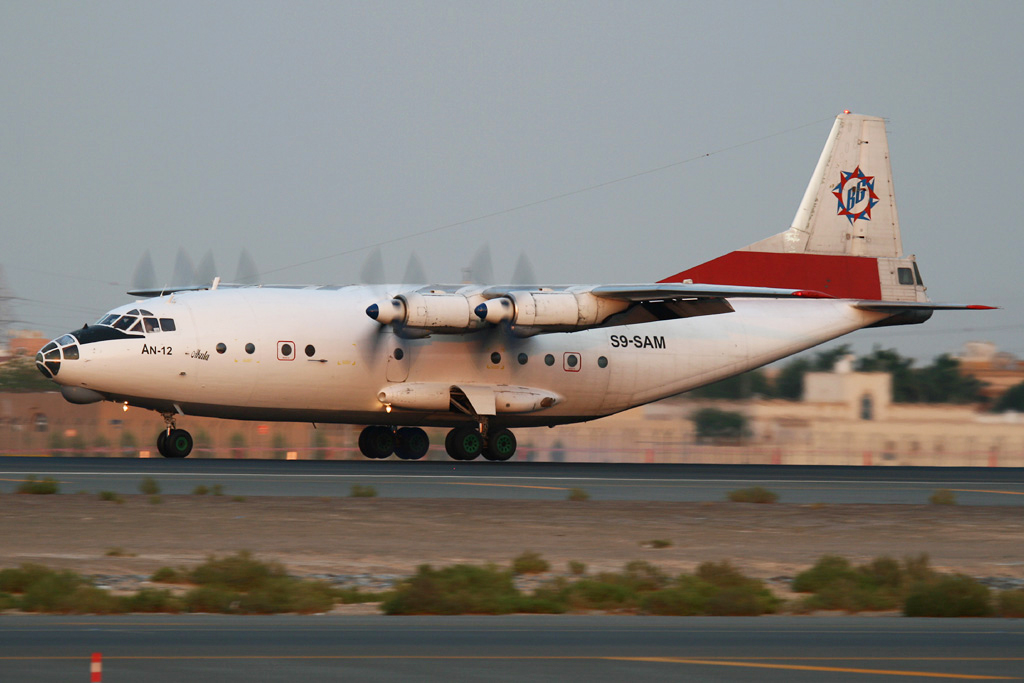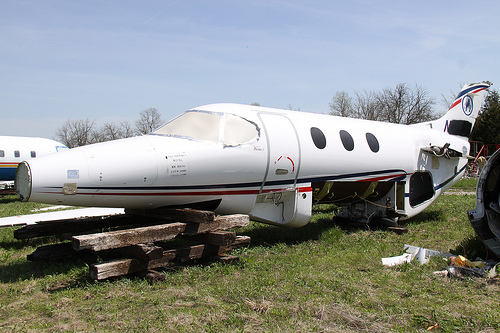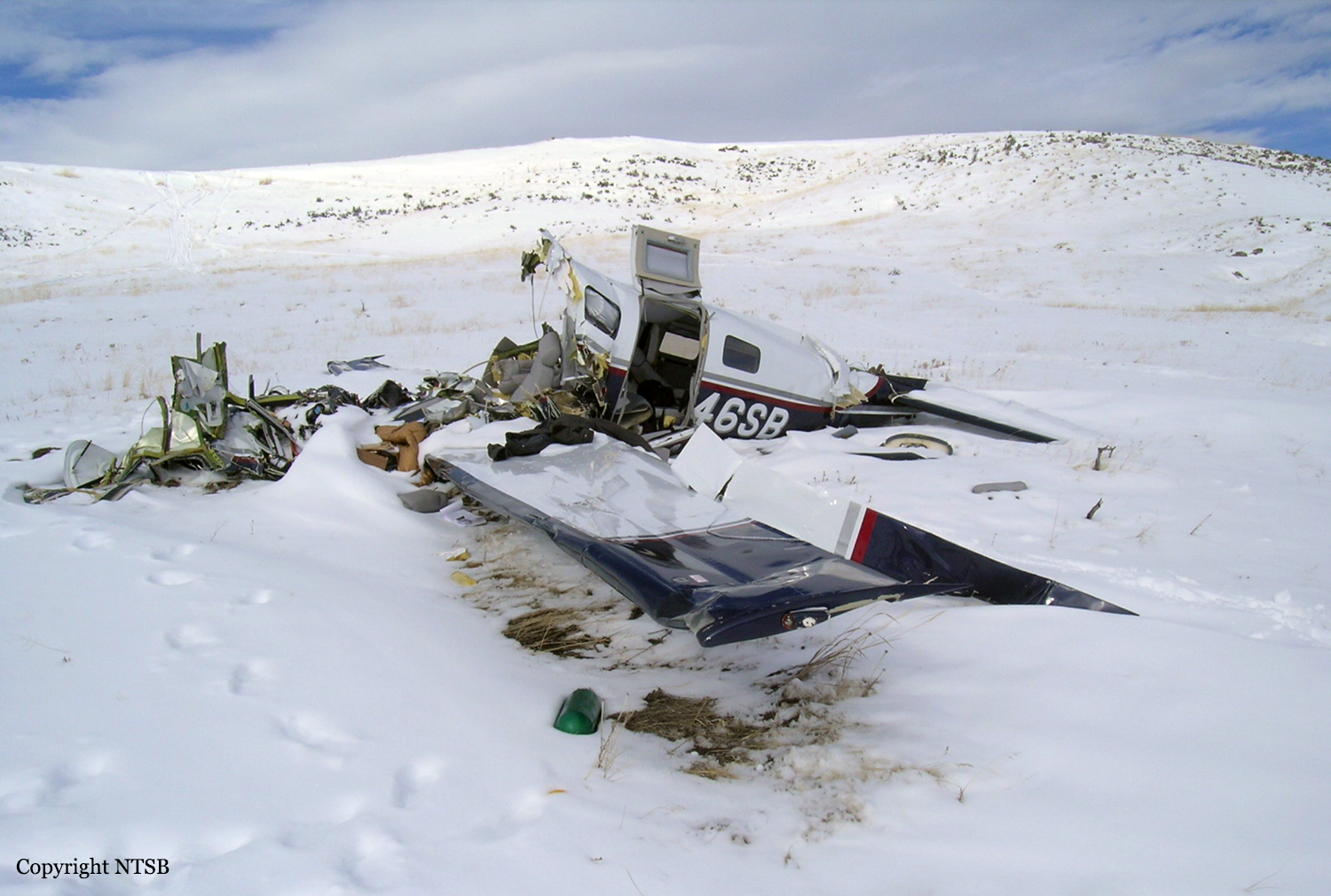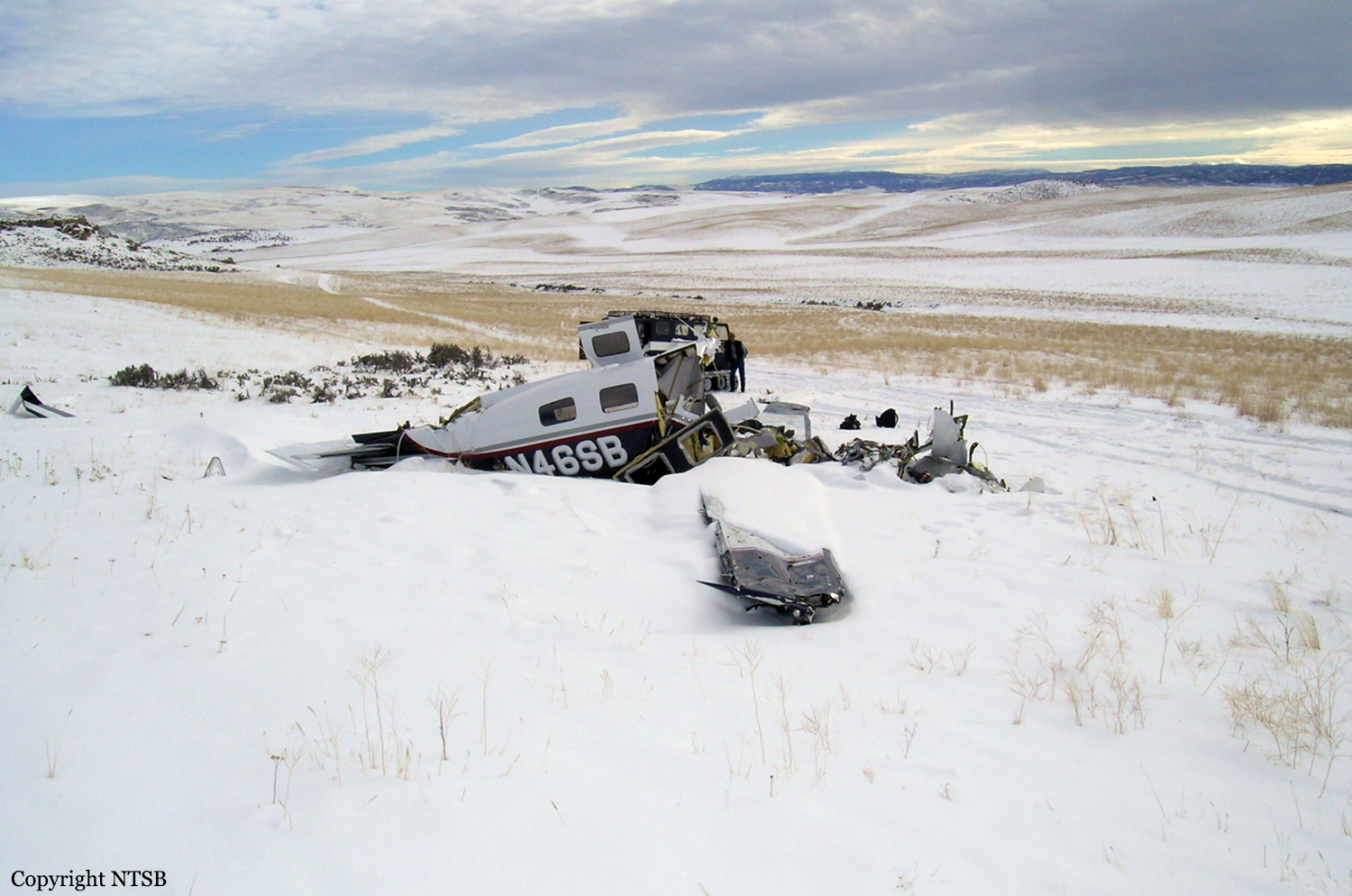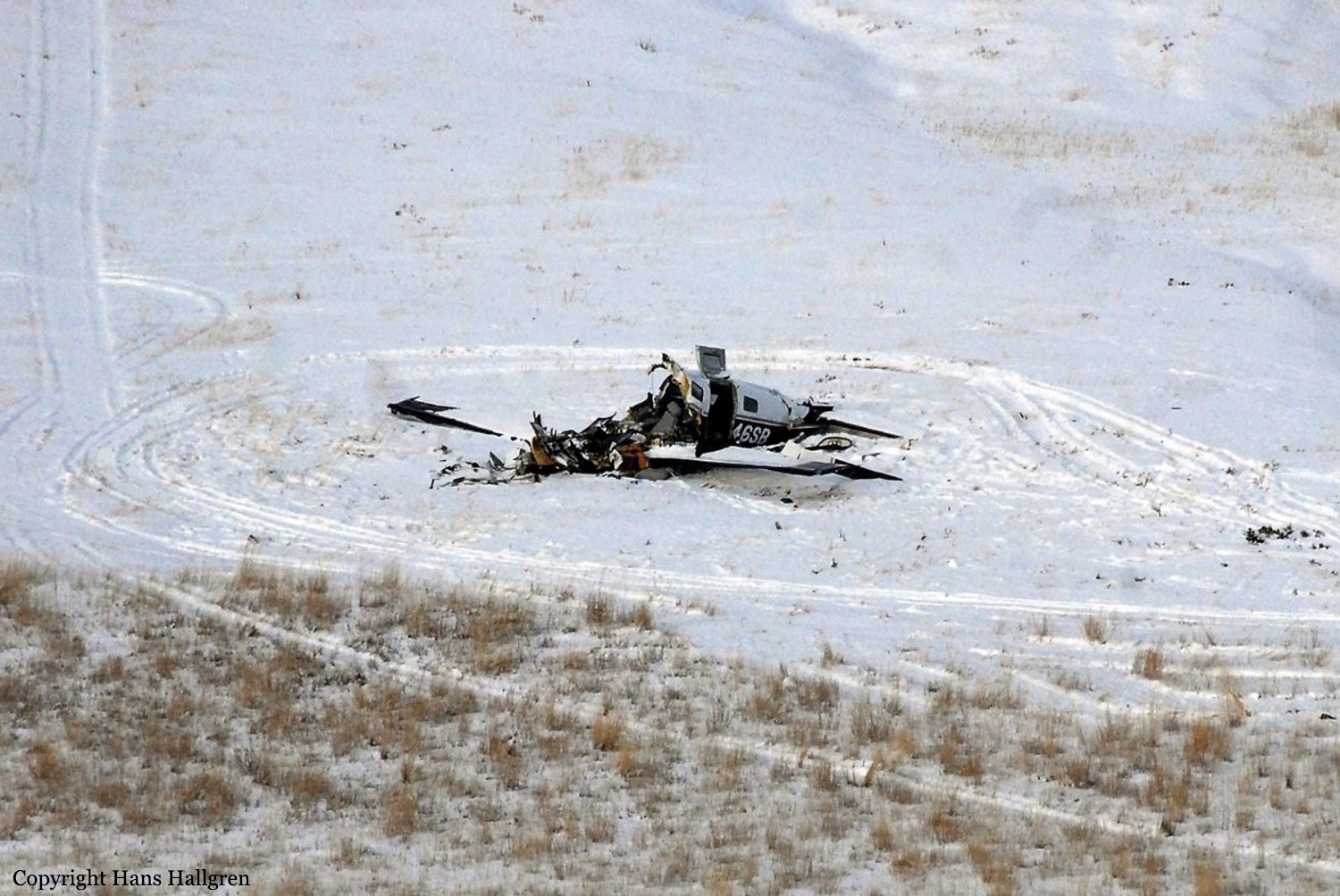Ground collision of two Ilyushin II-76MD in Makhachkala: 4 killed
Date & Time:
Jan 15, 2009 at 2110 LT
Registration:
RA-76825
Survivors:
Yes
Schedule:
Makhachkala - Nizhny Novgorod
MSN:
10034 04136
YOM:
1990
Crew on board:
7
Crew fatalities:
Pax on board:
0
Pax fatalities:
Other fatalities:
Total fatalities:
4
Circumstances:
The aircraft was dispatched to Makhachkala to deliver troops, military equipments and cargo with 7 crew members on board. Ready for the next trip to Nizhny Novgorod, the crew was cleared to taxi to the holding point of runway 14. At that time, the visibility was poor due to the night and foggy conditions. Another Ilyushin II-76MD registered RA-76827 was on approach to runway 14 with 25 passengers and a crew of six on board. On final approach, the navigator informed the crew that the headlights should be switched on but no actions was taken. In a visibility lower than 800 metres, the aircraft landed slightly to the left of the runway centerline. After touchdown, the left wing impacted the cockpit of the II-76 awaiting at the holding bay. While RA-76827 suffered only minor damaged and that no one on board was injured, all four crew members in the cockpit of RA-76825 were killed while three other occupants were injured.
















